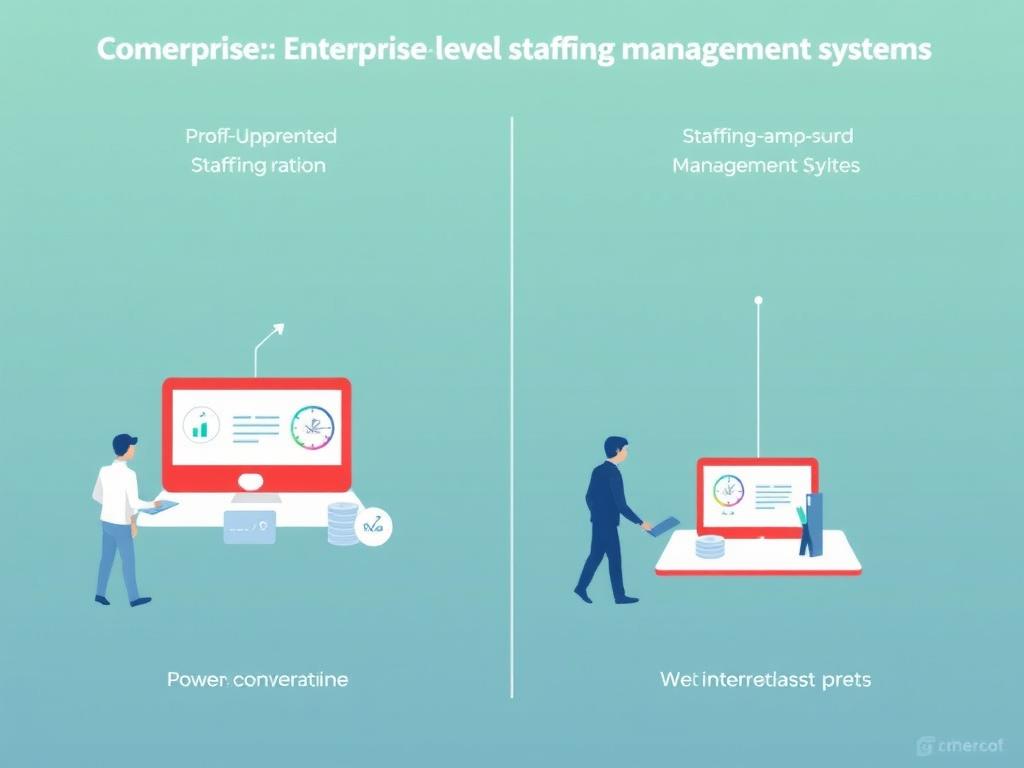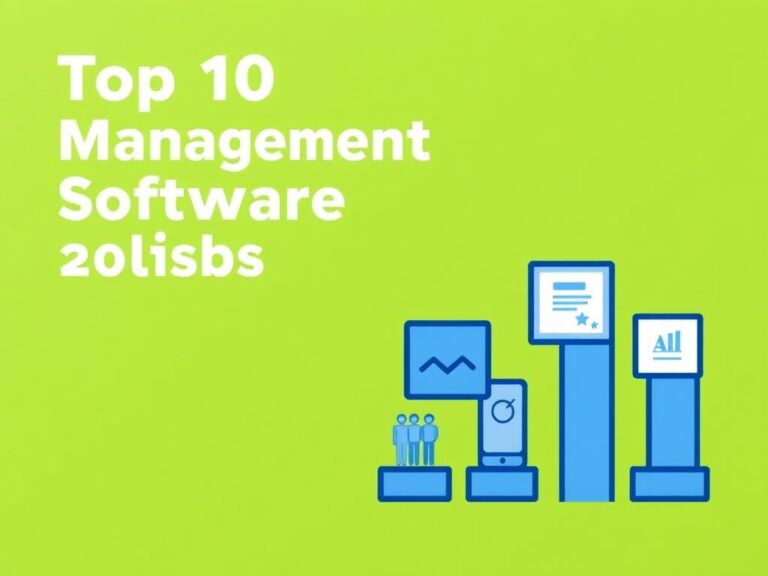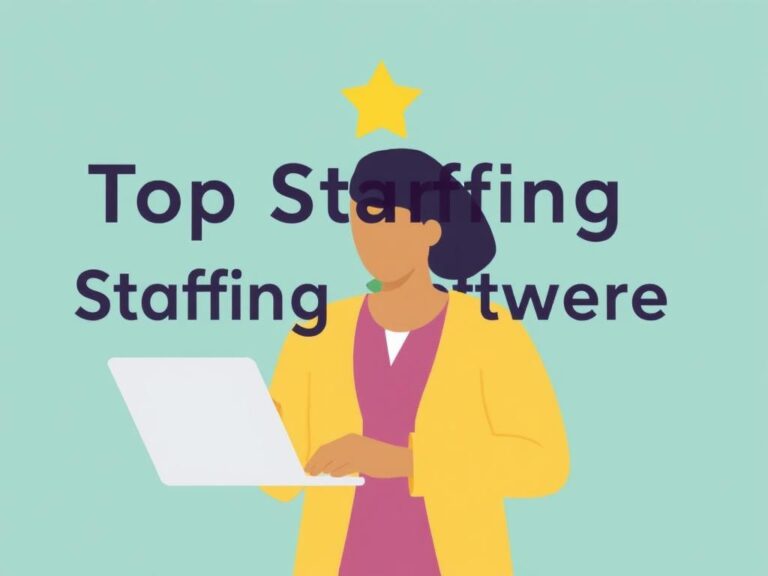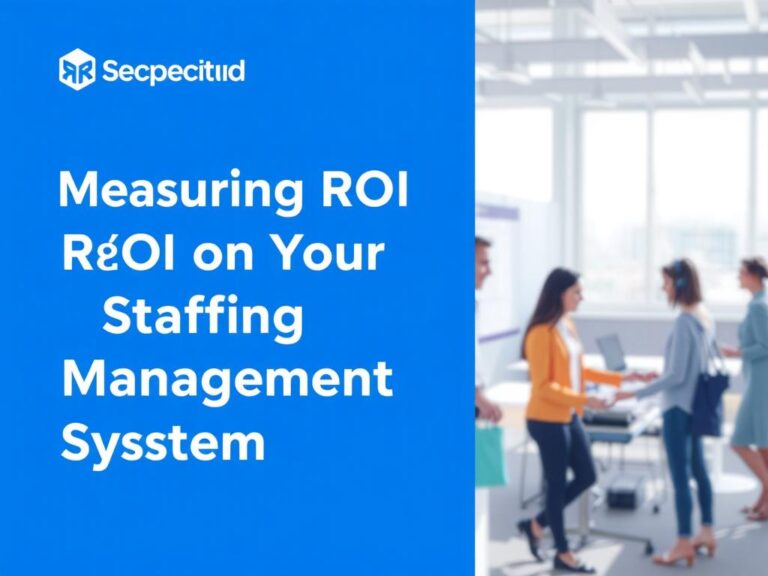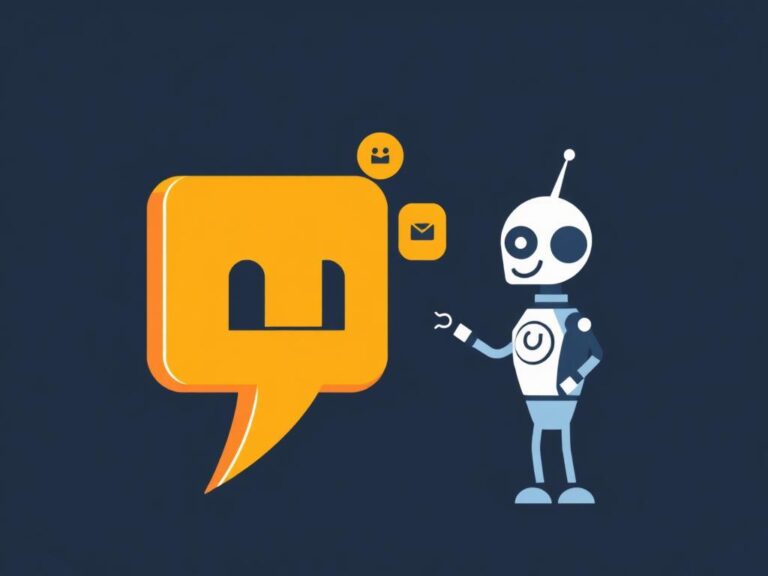Enterprise-Level Staffing Management Systems Compared: Finding the Best Fit for Your Business
In today’s fast-paced business world, managing a large workforce efficiently is crucial for success. Enterprise-level staffing management systems have become indispensable tools that help organizations streamline recruitment, scheduling, employee tracking, and performance management—all while saving time and reducing costs. However, with so many options on the market, choosing the best solution can feel overwhelming. In this article, we’ll dive deep into the key features, benefits, and differences among top enterprise staffing management systems, so you can make an informed decision for your organization.
What Exactly Are Enterprise-Level Staffing Management Systems?
Staffing management systems designed for enterprise use are comprehensive software platforms that cater specifically to the needs of large organizations. Unlike small-scale scheduling tools, these systems offer robust capabilities like applicant tracking, workforce analytics, automated scheduling, compliance monitoring, and integration with payroll or HR systems. By centralizing staffing operations, they empower HR teams and managers to handle complex workforce demands efficiently.
One of the biggest advantages of these systems is their scalability and customization. Whether your company is managing thousands of employees or operating in multiple locations worldwide, an enterprise solution can adapt and grow with your business. These platforms aim to optimize your staffing processes, reducing manual workload while improving accuracy and responsiveness.
Key Features to Look For in Enterprise Staffing Platforms
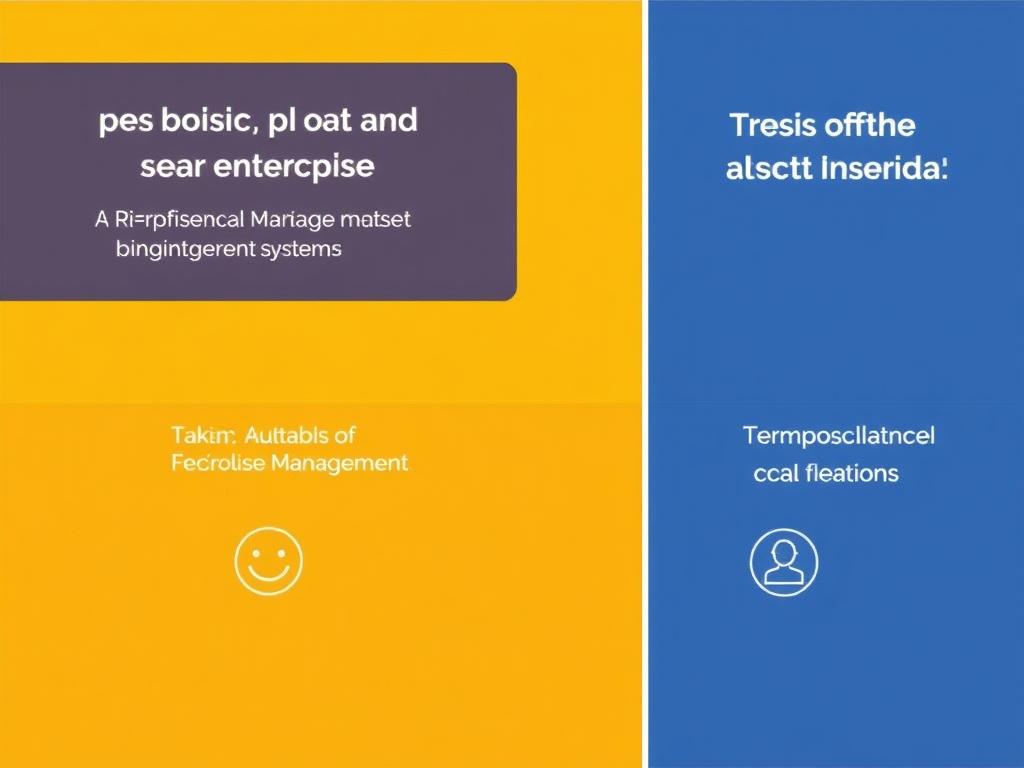
When considering enterprise-level staffing management systems, it’s important to focus on specific features that will truly add value to your organization. Below is a table summarizing some of the most critical features you should expect from any robust staffing solution:
| Feature | Description | Why It Matters |
|---|---|---|
| Applicant Tracking System (ATS) | Automates recruitment workflow from job posting to candidate selection. | Saves time and improves hiring quality by organizing candidates efficiently. |
| Automated Scheduling | Creates optimized workforce schedules considering availability, skills, and labor laws. | Reduces conflicts and ensures proper staffing levels. |
| Time and Attendance Tracking | Monitors employee clock-ins, absences, and overtime seamlessly. | Ensures accurate payroll and compliance with labor regulations. |
| Workforce Analytics | Provides insights into productivity, turnover rates, and staffing trends. | Informs strategic decisions and helps optimize workforce management. |
| Integration Capabilities | Links with HR, payroll, and other enterprise systems. | Facilitates smooth data flow, reducing errors and administrative burden. |
| Compliance Management | Ensures adherence to labor laws and industry-specific regulations. | Minimizes legal risks and penalties. |
Comparing the Top Enterprise-Level Staffing Management Systems
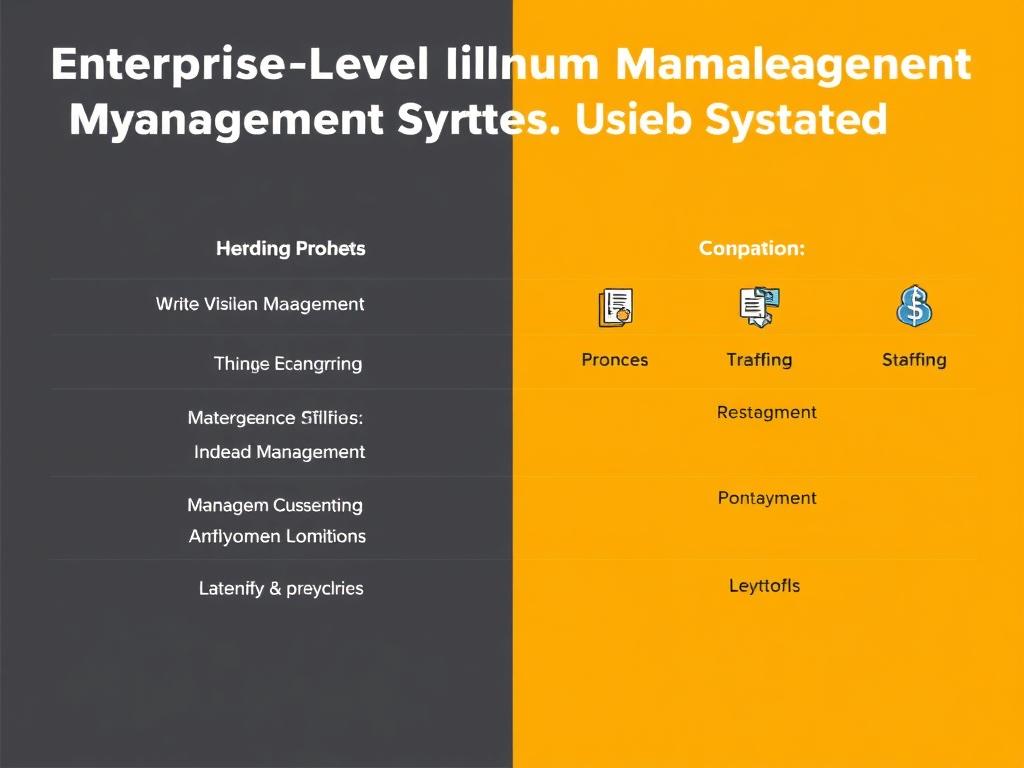
Now that we know what features are important, let’s compare some popular enterprise staffing systems that many businesses rely on. The goal is to highlight their strengths so you can see which might suit your company’s unique needs.
1. Workday Human Capital Management (HCM)
Workday HCM is a comprehensive platform known for its powerful recruitment tools, time tracking, and deep analytics. It excels in handling large global workforces thanks to its cloud-based architecture and intuitive user interface. Workday offers strong compliance management features, which are especially valuable for heavily regulated industries.
One big benefit is its seamless integration with financial management and payroll modules, providing a holistic HR and staffing ecosystem. However, some users note that Workday can have a steeper learning curve due to its vast functionality.
2. ADP Workforce Now
ADP Workforce Now is a flexible, scalable staffing management system ideal for enterprises that prioritize payroll and benefits administration along with staffing. Its recruitment and workforce scheduling features are user-friendly and designed to accommodate diverse industries.
The platform offers excellent compliance support and time tracking tools. Additionally, ADP is well-known for its customer service and extensive library of learning resources, helping users make the most of the system.
3. Kronos Workforce Central (now part of UKG)
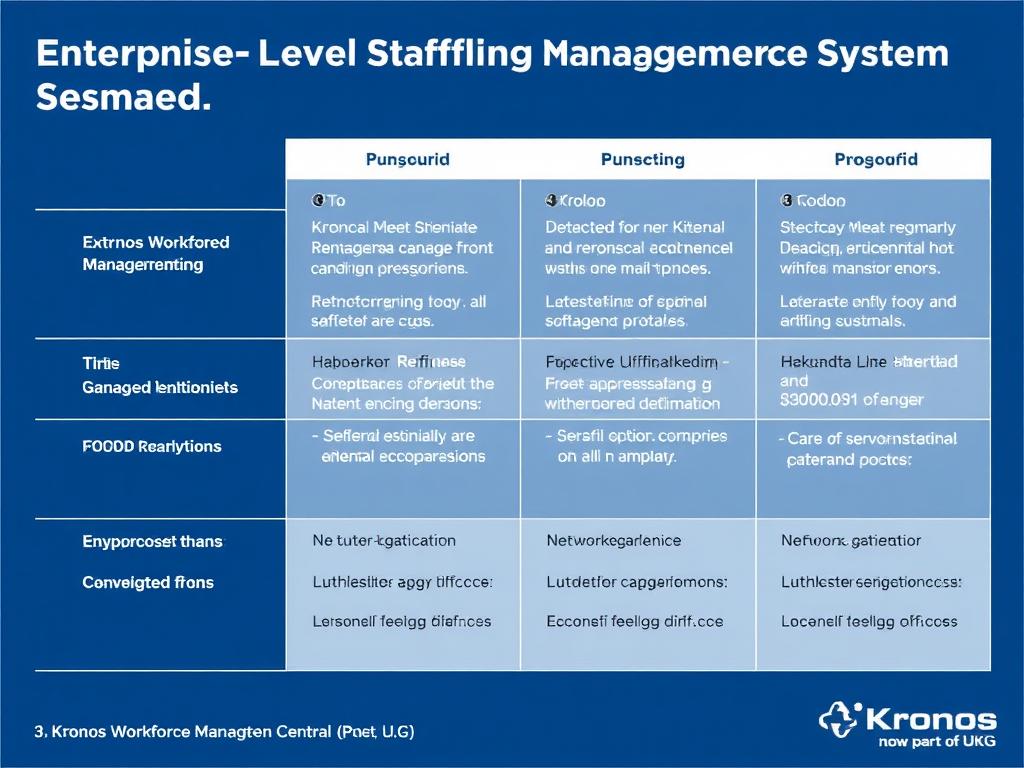
Kronos, now integrated in UKG (Ultimate Kronos Group), specializes in timekeeping, scheduling, and labor analytics for large organizations. It is especially favored by companies with complex shift structures, such as healthcare and retail sectors.
The solution provides advanced forecasting and labor optimization tools, helping reduce costs related to staffing inefficiencies. Although Kronos may not offer as many recruitment features as Workday or ADP, it shines in workforce operations and attendance tracking.
4. SAP SuccessFactors
SAP SuccessFactors offers a comprehensive cloud-based staffing management system that blends recruitment, onboarding, and employee performance management. It is recognized for its customizable workflows and strong reporting capabilities.
This platform integrates well with other SAP business software, making it a good fit for enterprises already invested in SAP’s ecosystem. SuccessFactors supports global compliance with localized labor law management and multi-language options.
How to Choose the Right Staffing Management System for Your Enterprise
Choosing the best enterprise staffing management system requires careful consideration beyond just feature lists. Here are some practical steps to help guide your decision:
- Identify Your Priorities: Determine which features matter most to your organization. Is efficient recruitment your biggest challenge, or do you need better scheduling and labor cost control?
- Consider Integration Needs: Make sure the system works well with your existing payroll, HR, and financial systems to maintain data consistency.
- Assess User Experience: The platform should be intuitive for HR staff, managers, and employees alike to encourage adoption and minimize training time.
- Evaluate Vendor Support: Reliable customer service and training resources are critical to resolving issues and maximizing the system’s potential.
- Plan for Future Growth: Your chosen system should be scalable and flexible enough to accommodate organizational changes and expansion.
Cost Considerations When Implementing Enterprise Staffing Systems
While enterprise staffing management systems can yield significant operational savings, understanding the cost implications upfront is important. Costs generally break down into these categories:
| Cost Type | Description | Impact on Budget |
|---|---|---|
| Software Licensing or Subscription | One-time license fees or ongoing subscription charges based on users. | The primary software cost; varies significantly between vendors. |
| Implementation and Setup | Costs of configuration, data migration, and initial training. | Can be substantial depending on system complexity. |
| Maintenance and Support | Ongoing technical support and software updates. | Typically a percentage of license or subscription fees. |
| Customization | Additional costs if custom features or integrations are needed. | Depends on scope and vendor pricing policies. |
Understanding these factors helps companies avoid unexpected expenses and plan their investment more effectively.
The Future of Enterprise Staffing Management Systems
Looking ahead, enterprise-level staffing management systems are evolving rapidly with new technologies such as artificial intelligence (AI), machine learning, and advanced analytics. These innovations are transforming how companies forecast labor needs, enhance candidate screening, and improve employee engagement.
For example, AI-driven recruitment tools can analyze resumes and predict candidate success, reducing human bias and speeding up hiring. Meanwhile, predictive analytics help managers anticipate staffing shortages or surpluses before they impact operations. Mobile-first platforms ensure that employees can seamlessly check schedules, request time off, or communicate with managers on the go.
As these systems continue integrating intelligent automation and real-time insights, enterprises will be better equipped than ever to manage their complex workforces efficiently and adaptively.
Conclusion
Enterprise-level staffing management systems are vital for organizations looking to optimize their workforce strategy and deliver operational excellence. By understanding the unique capabilities of platforms like Workday HCM, ADP Workforce Now, Kronos (UKG), and SAP SuccessFactors, businesses can choose a system that aligns with their operational priorities, integration needs, and future growth plans. Careful consideration of features, costs, and user experience will ensure a smooth transition and maximize ROI. With ongoing advancements in AI and analytics, enterprise staffing solutions will continue to play a pivotal role in managing large, dynamic workforces effectively, helping companies stay competitive in an ever-evolving business landscape.
